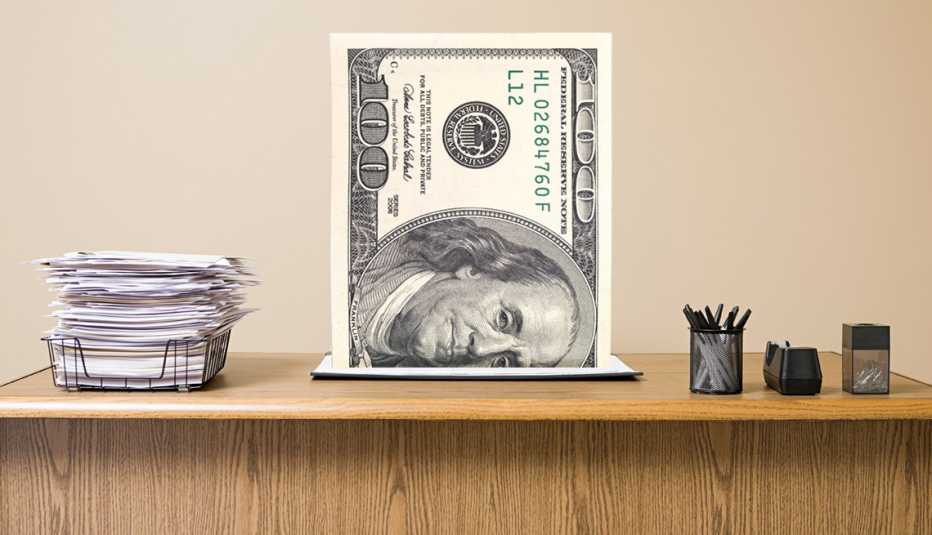Staying Fit


Retirement accounts are designed to provide financial security for the future, but a growing number of Americans are using them to pay for emergencies today.
“We’ve been seeing a steady increase in early withdrawals over the last five years or so,” says Kirsten Hunter Peterson, vice president of thought leadership at Fidelity Investments, one of the largest providers of retirement plans. According to company data, the number of Fidelity plan participants who took a hardship withdrawal more than tripled from 2018 to 2023.


AARP Membership— $12 for your first year when you sign up for Automatic Renewal
Get instant access to members-only products and hundreds of discounts, a free second membership, and a subscription to AARP the Magazine.
Hardship withdrawals — early distributions from retirement accounts to meet what the IRS terms an “immediate and heavy financial need” — don’t just slow the growth of your nest egg. The money is taxed as income when you take it out, and in most cases incurs an additional tax penalty.
Moves by Congress in recent years to relax some of the rules around hardship withdrawals may be contributing to the increase in people taking them, Hunter Peterson says, but she sees a bigger factor at play.
“People just don’t have enough short-term savings or emergency savings,” she says. “Many of them are looking to the only source of savings they might have, which is their retirement plan, when an unexpected expense comes up.”
Are You on Track for Retirement?
Try AARP’s retirement calculator to find out if you’re saving enough.
But Congress has also taken steps aimed at addressing this emergency-savings gap, enacting rule changes that could help many people already saving for retirement at work to save for a rainy day at the same time.
Most could not meet $1,000 emergency
The need is acute. Fewer than half of U.S. adults — 44 percent — say they could cover an unexpected $1,000 expense from their regular savings, according to a January Bankrate survey.
“We asked people essentially what’s causing them to save less, and the number one answer in our survey was inflation,” says Mark Hamrick, senior economic analyst for Bankrate. Rising interest rates that can increase debt payments were another factor cited by many respondents.
But taking money out of a 401(k) plan or individual retirement account (IRA) to tide you over comes at a cost. If you haven’t reached age 59½, the IRS will likely assess a 10 percent penalty on the amount you withdraw. That’s on top of the federal and state taxes you would already owe.




































































More From AARP
Is a Roth 401(k) Right for Your Retirement?
What to know about after-tax workplace savings plansWhat's The Right Way To Spend Emergency Funds
Medical and dental costs top the listHow Much Money Do You Need to Retire?
Use 4 factors to get a ballpark estimateRecommended for You